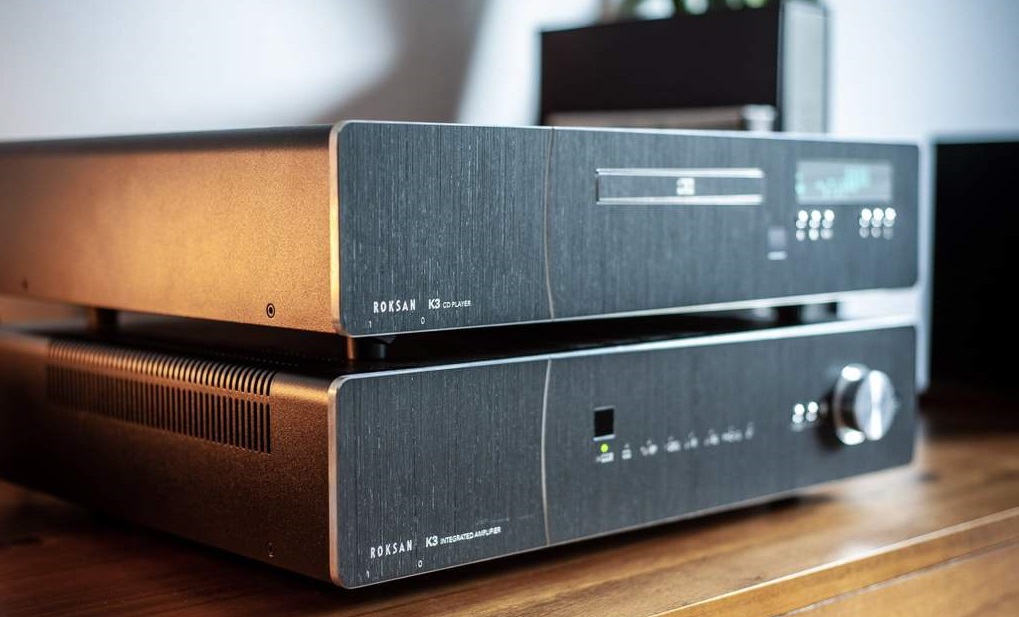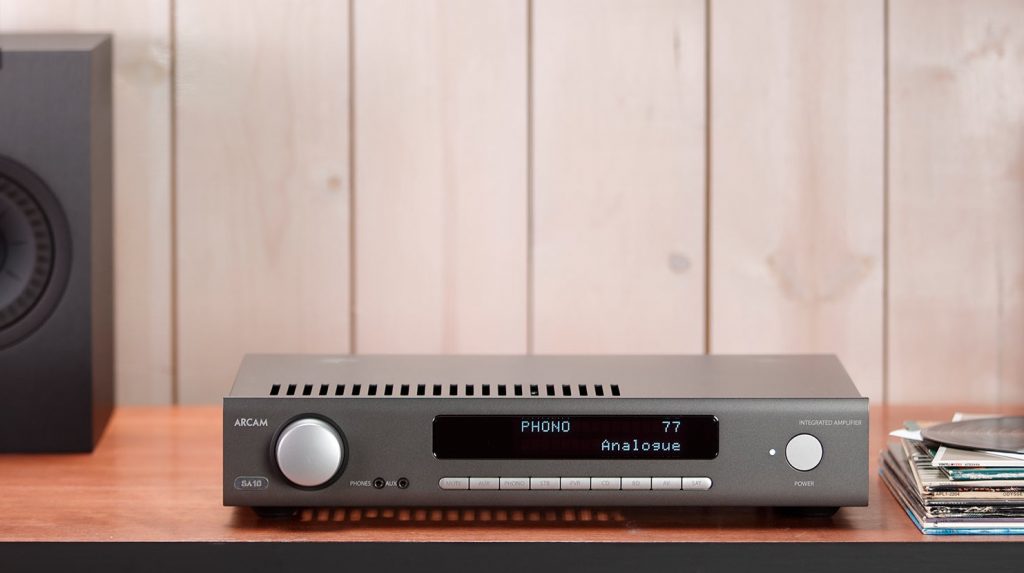Nowadays, the so-called integrated amplifiers are used more and more. For this reason, the following buying guide will focus on running this device. Let’s do this using the example of a stereo integrated amplifier with built-in Bluetooth since now this is the basic option on which you can create a home audio system.
What is an integrated amplifier?
An integrated amplifier combines the functions of a preamplifier and a power amplifier. If a preamplifier is missing, the amplifier itself cannot process signals properly. A preamplifier is therefore urgently needed in all cases. The preamplifier controls capacitance, impedance, or level.
Power
Only having to power two speakers, audio amplifiers usually display less power than amplifiers.
The latter nevertheless remains amply sufficient to power HiFi speakers. Most integrated amplifiers thus display the power of between 50 and 90 watts RMS per channel (under 8 ohms), although some models can exceed 100 watts under the same conditions.

The pure power of an amplifier, however, only has meaning when it is linked to the speakers to which it will be connected. To determine the power required according to the speakers to be powered, several elements of the enclosure must be taken into account.
The maximum admissible power. Expressed in watts, this is the maximum power that the speaker can receive.
Nominal impedance. Most amplifiers express their available power as 8 ohms. In summary, the lower the nominal impedance (and low impedance for specialists) of a speaker, the more powerful the amplifier must be.
Harmonic distortion and signal quality
An amplifier must offer optimal reproduction quality, as close as possible to the original signal. However, by its very nature, by amplifying the audio signal, an integrated amplifier will also amplify any interference that the latter contains. In addition, the amplification process itself slightly distorts the signal, so that the output signal is never exactly the same as the source signal.

All of these deformations and their importance are expressed via the harmonic distortion rate (THD). Expressed as a percentage, the latter quantifies the importance of the deformations undergone by the sound signal.
It should be noted that the rate of harmonic distortion increases naturally with the amplification level: An amplifier pushed to 100% will distort the signal much more and will be much less precise than used at 50% of its capacities.
Inputs
The amplifier is the link between the source (cd player, digital music player, etc.) and the speakers. In fact, it is necessary to ensure that all the audio sources in the home can be connected to it.
And modern amplifiers have a compatible USB port, or an airplay receiver module for iPhone users or google cast for Android smartphone users.
The presence of a Bluetooth wireless interface is also important, since it simplifies the integration of a smartphone and a user audio library into a home HiFi system.
